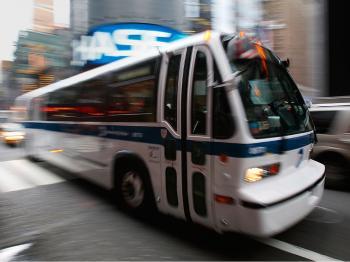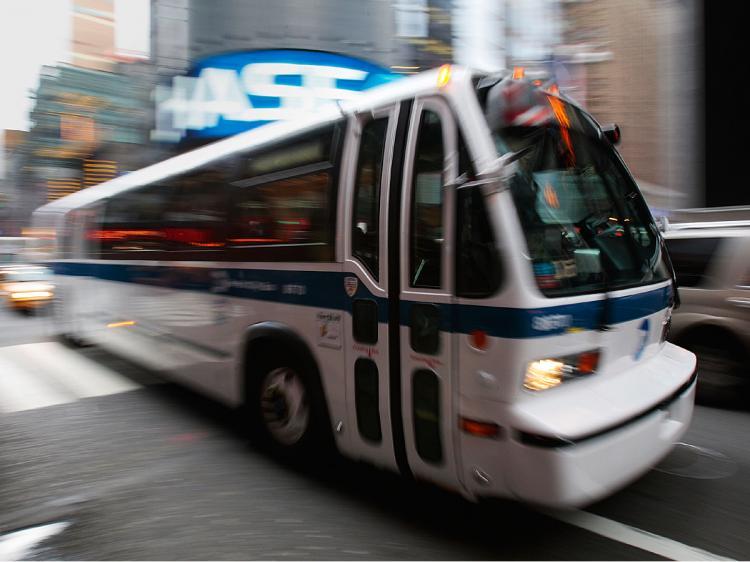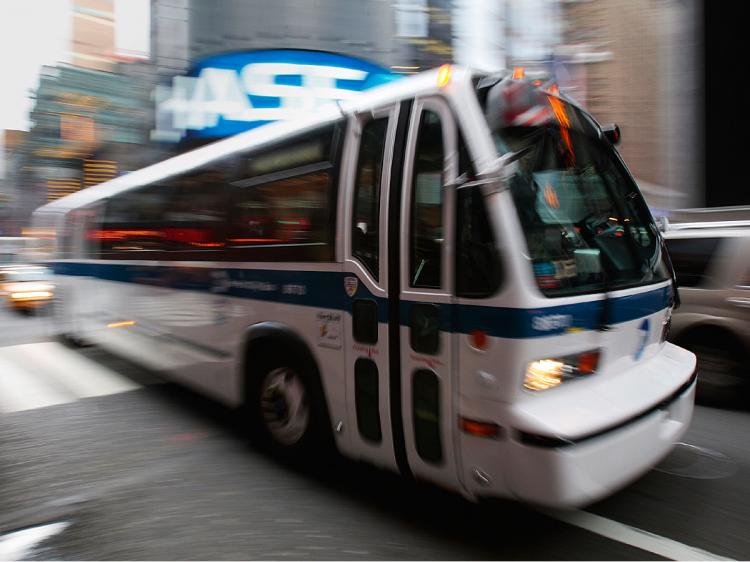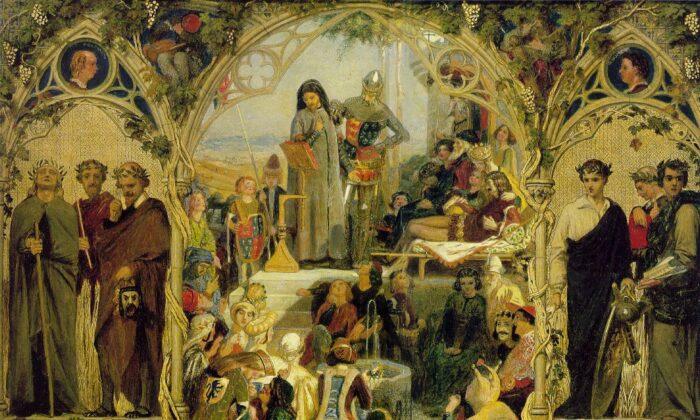The study finds a different picture when the entire environmental impact of a vehicle over its life-cycle is taken into consideration. Life-cycle means looking at not just what comes out of an SUV’s or bus’s tailpipe, which is the current method, but what went into making the SUV or bus, what went into making the roads that they drive on, what went into their fuel production, and how many people are actually on board.
The picture that emerges is one that shows how an off-peak bus actually has a worse environmental impact than a suburbanite in his (or her) gas-guzzling SUV.
“Including life cycle-component inventories results in around a 40 percent energy and greenhouse-gas increase over direct vehicle operation for autos while, for rail, there is about a doubling,” said research Mikhail Chester, according to Environmental Research Web.
Between the jargon, that means that a light rail may not be as environmentally friendly as people have often painted it. While this may not mean a great deal to the average commuter, the shift in perspective could mean a big deal for public policy makers.
For example, a road full of environmentally friendly cars running on soy beans and good vibes (if such a thing were possible) would still be hurting the environment because all the electricity used to power the streetlights is created by burning fossil fuels.
“While policy has often focused on the vehicle’s tailpipe emissions (for example, in the U.S. Corporate Average Fuel Economy Standards …), our study shows that you may not want to focus on this component but somewhere else in the mode’s life cycle,” said Chester.
One such policy error, is the transportation industry’s focus on sulfur emissions. A lot of research has been done to remove sulfur from petrol and diesel fuels but, the study finds that most of the sulfur emissions involved in the life of a car actually come from the electricity needed to manufacture it.
In its conclusion, the study acknowledges that the current focus on reducing the bad things that come out of tailpipes is appropriate, since it’s the largest culprit. However, it makes the point that there are a variety of other factors at work, most notably in the area of infrastructure—meaning rail stations, roads, bridges, street lights and so on.







